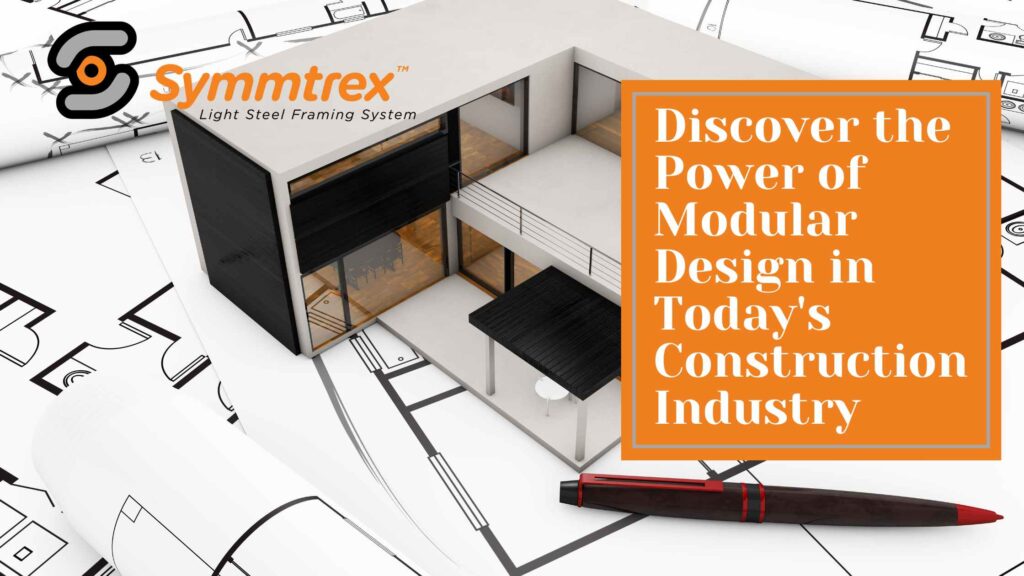
In an era where efficiency, sustainability, and innovation are paramount, the construction industry is witnessing a significant paradigm shift towards Modular Design. This approach, characterized by the pre-fabrication of building sections in a factory setting, is rapidly gaining traction for its ability to streamline construction processes, reduce waste, and deliver high-quality outcomes. This blog post delves into the transformative power of Modular Design and its burgeoning role in reshaping the construction landscape.
The Essence of Modular Design
What is Modular Design?
Modular Design refers to a construction method where buildings or components are manufactured off-site, under controlled plant conditions, using the same materials and designed to the same codes and standards as conventionally built facilities – but in about half the time. Buildings are produced in “modules” that when put together on-site, reflect the identical design intent and specifications of the most sophisticated site-built facility – without compromise.
The Advantages of Modular Construction
The appeal of Modular Design lies in its numerous advantages over traditional construction methods. These include increased efficiency, with projects often completed 30-50% quicker than their conventional counterparts. There’s also a significant reduction in environmental impact due to less waste and reduced site disturbances. Furthermore, the controlled environment of a factory setting ensures higher quality control throughout the manufacturing process.
Transforming the Construction Industry with Modular Design
Streamlining Construction Processes
One of the most compelling benefits of Modular Design is its ability to streamline construction processes. By shifting much of the work to a factory, many of the typical on-site delays caused by weather, theft, and scheduling conflicts can be avoided. This method not only speeds up project timelines but also allows for tighter control over the budget, reducing the likelihood of unexpected costs.
Enhancing Sustainability
Modular Design is at the forefront of sustainable construction practices. The precision of factory production results in significantly less material waste compared to traditional construction methods. Additionally, the efficiency of the process reduces the carbon footprint associated with transportation and on-site work. Modular buildings are also known for their energy efficiency, with tight seams and state-of-the-art insulation and windows creating structures that require less energy to heat and cool.
Promoting Innovation and Flexibility
Modular Design encourages innovation in the construction industry. The method’s flexibility allows for customization and scalability, making it suitable for a wide range of projects, from small residential homes to large commercial buildings. Moreover, the ability to easily incorporate new technologies and materials into the manufacturing process fosters a culture of continuous improvement and adaptation.
Overcoming Challenges in Modular Design
Navigating Logistical Considerations
While Modular Design offers numerous benefits, it also presents unique challenges, particularly in logistics. Transporting large modules from the factory to the construction site requires careful planning and coordination. However, with advances in logistics and transportation methods, these challenges are increasingly being overcome, making Modular Design feasible for more projects.
Shifting Industry Perceptions
Another challenge lies in shifting the construction industry’s perceptions of Modular Design. Traditionally viewed as less flexible or lower quality than conventional methods, modular construction has had to prove its worth. Through successful projects and advancements in technology, Modular Design is rapidly changing these misconceptions, demonstrating its capability to deliver high-quality, innovative, and adaptable buildings.
The Future is Modular
As the construction industry continues to evolve, Modular Design is set to play an increasingly central role. Its benefits of efficiency, sustainability, and innovation align with the industry’s future direction. As more stakeholders recognize the potential of Modular Design, we can expect to see its adoption rate soar, paving the way for a smarter, greener, and more efficient construction industry.
In conclusion, Modular Design is not just a trend but a significant evolution in the construction industry. By embracing this approach, builders, architects, and clients can unlock a world of possibilities that traditional methods cannot offer. The power of Modular Design lies in its ability to meet today’s construction challenges head-on, promising a future where buildings are constructed faster, smarter, and greener.

